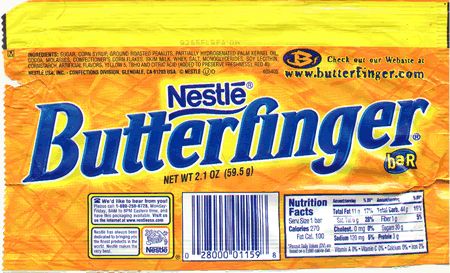The ones that come in the carb rebuild kit with the float bowl gasket and float needle & seat? The ones that the book sez to shove up the hole for the slow speed jet and if you do that on a Special it blocks off the slow speed jet fuel supply?
Well rather than toss the stupid things I found they also fit in the hole the top front of the carb where the idle jet goes. Once you (or one of the bike's many POs) have removed the EPA adjustment barriers to get a decent idle setting or even just to clean the carbs properly those holes can fill with stuff and those freebie plugs will keep it out. BTW, does anyone have a good thought on how many turns out is a good start for resetting the idle screws after a full carburettor teardown & soak clean?
(XS11SG)
Fred Hill, S'toon.
Well rather than toss the stupid things I found they also fit in the hole the top front of the carb where the idle jet goes. Once you (or one of the bike's many POs) have removed the EPA adjustment barriers to get a decent idle setting or even just to clean the carbs properly those holes can fill with stuff and those freebie plugs will keep it out. BTW, does anyone have a good thought on how many turns out is a good start for resetting the idle screws after a full carburettor teardown & soak clean?
(XS11SG)
Fred Hill, S'toon.
 You may have destroyed your butterfly shaft seals?
You may have destroyed your butterfly shaft seals? 



Comment